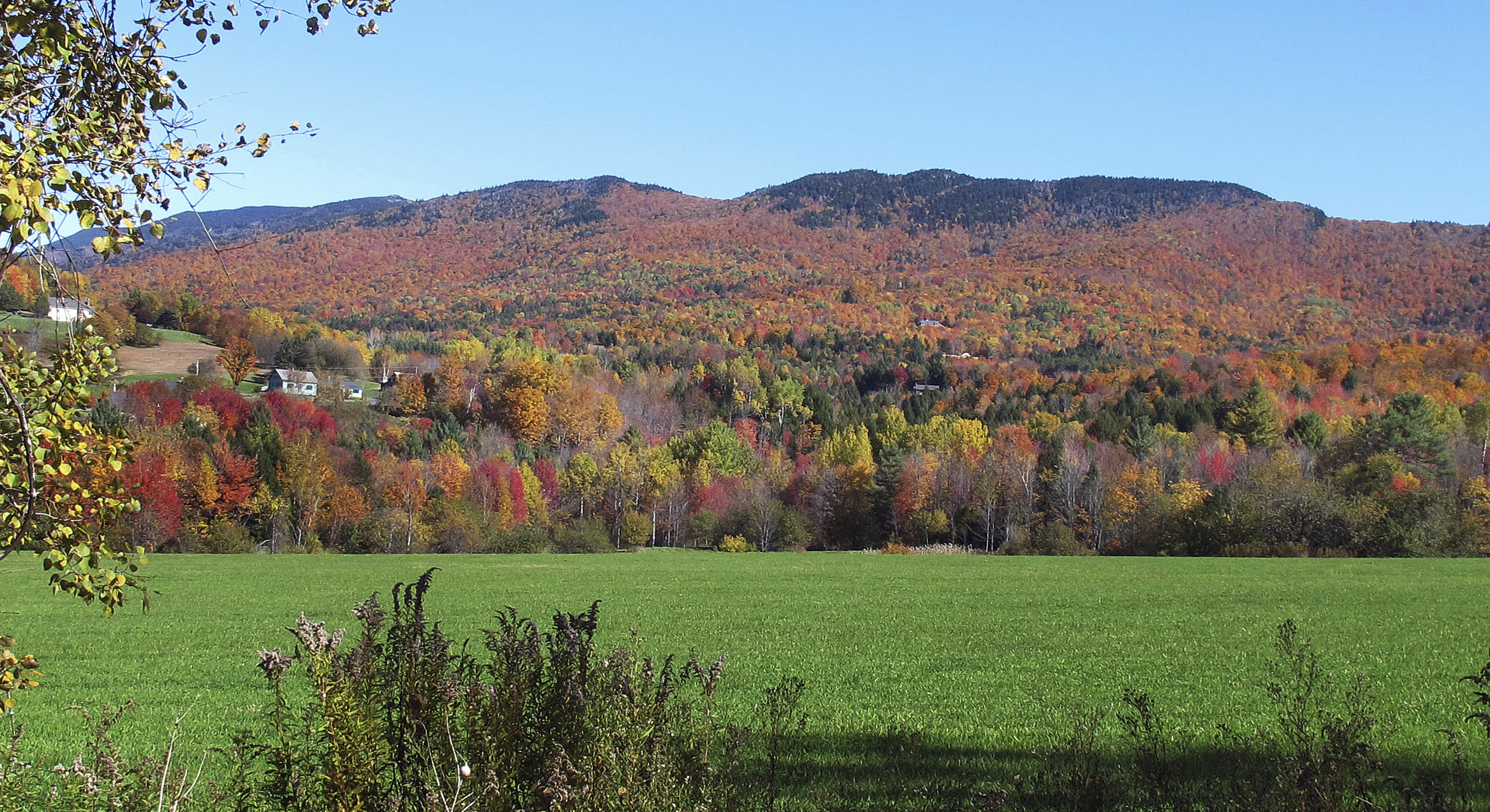


Lawmakers in Vermont voted overwhelmingly this week to approve a bill requiring all state utilities to reach 100% renewable energy by 2035 — and becoming the 24th U.S. state to have set targets to adopt 100% carbon-free power.
The bill cleared both chambers Tuesday with strong veto-proof majorities, all but guaranteeing it will survive any override attempt by Republican Gov. Phil Scott.
Scott and his administration have previously criticized the bill, primarily over its high price tag and short compliance time frame, which they fear will not give utilities the time needed to transition to 100% renewable resources.
Asked this week whether Scott would override the bill, Jason Maulucci, Scott’s spokesman, said the governor has not yet made a final decision.
The new bill, H.289, requires Vermont utilities to double the amount of new renewable energy resources built in-state. It also sets a faster compliance time compared to many other states, second only to Rhode Island, which has has a goal of carbon-free power by 2033.
Its passage comes as other states and territories also moved to adopt some sort of target for 100% clean energy. In fact, more than 53% of U.S. residents now in a state or territory that is moving toward the 100% clean energy goal, according to data compiled by the Clean Energy States Alliance.
States with clean energy targets
Vermont’s legislation, once signed into law, will place it among the states aiming to meet the 100% clean energy goal the fastest, joining Michigan, Rhode Island, Connecticut, New York, Oregon, and Minnesota, which have all set target dates at or before 2040.
And other states aren’t too far behind: California, Hawaii, New Mexico, and Virginia have all set 100% clean energy goals by 2050.
To date, 25 state governors have also signed onto the U.S. Climate Alliance — committing to comply with the Paris climate agreement targets regardless of federal policy. But not all the laws require the exact same standards — and they vary widely in the level of compliance they’ve made to date.
Varying standards
The laws vary in scope — with some states targeting 100% carbon-free power, a distinction that allows for nuclear power, while others require the power mix comprise strictly renewable resources, such as wind and solar energy.
Two New England states, Connecticut and Rhode Island, will require Renewable Energy Credits, or RECs, to offset natural gas generation, since they share a regional power grid operator, New England ISO, that will not be shutting down all gas-fired power plants in the region by their separate renewable energy deadlines.
In both Connecticut and Rhode Island, electric providers will be required to purchase RECs from renewable resources to offset power generation from the gas-fired plants.
The states have also made varying degrees of progress toward their goals.
Oregon lawmakers passed legislation in 2021 setting a target of slashing 80% of greenhouse gas emissions from their electricity sector by 2035, which increases to 100% in 2040.
To date, they’ve slashed emissions by 25% compared to 2010 levels, as outlined last year by state utility provider Portland General Electric. But they have a ways to go: according to a report published last May, the state’s wind and solar resources still need to increase four-fold compared to current levels in order to meet the 2040 target.
New York set a goal of reaching 70% renewable energy generation by 2030, and 100% by 2040. State legislation has focused on increasing the state’s use of wind and solar energy and existing nuclear and hydroelectric power generation as a way to meet that goal.
Last fall, New York Gov. Kathy Hochul (D-NY) said the state was on track to meet those goals, which she said was due in large part to the state’s investment in carbon-free power.
The full list of states can be found on the Clean Energy States Alliance website here.
Room for improvement
Vermont is one of just two states that have set a clean energy target on track with the Biden administration’s stated goal of reaching 100% carbon-free power by 2035 — illustrating the difficulties of switching to carbon-free and renewable energy resources.
Even so, environmental groups say they remain hopeful about progress. The Sierra Club’s “Ready for 100” campaign has a list of states and cities that have adopted 100% clean energy targets, which currently includes more than 100 cities nationwide.
CLICK HERE TO READ MORE FROM THE WASHINGTON EXAMINER
Six cities — Aspen, Burlington, Georgetown, Greensburg, Kodiak Island, and Rock Port — have already hit those targets.
Vanessa Rule, the co-director of the climate group 350VT, praised the vote by Vermont lawmakers this week, saying in a statement circulated by the Sierra Club: “Now we need to get to work meeting the new goals with a strong community solar program, well-sited projects that protect farmland and ecosystems, and ensure this electricity is affordable and available for everyone.”
